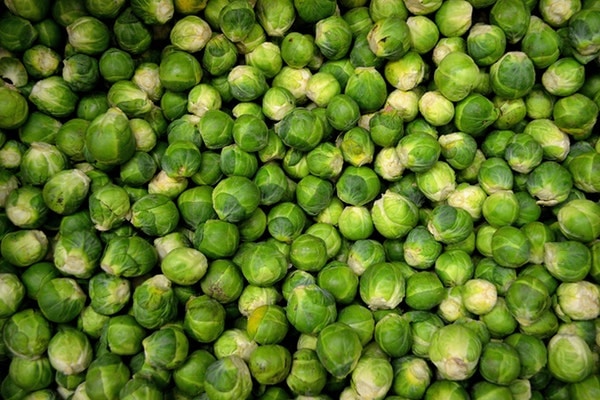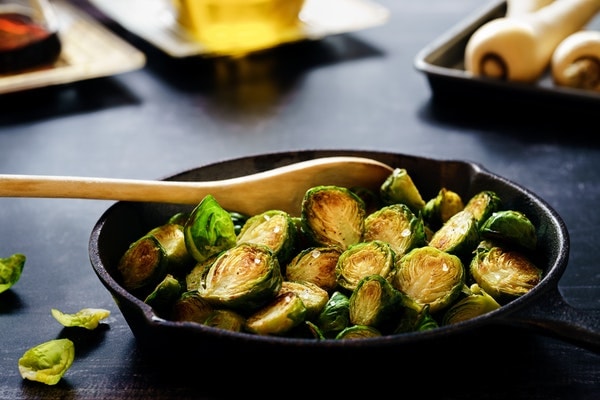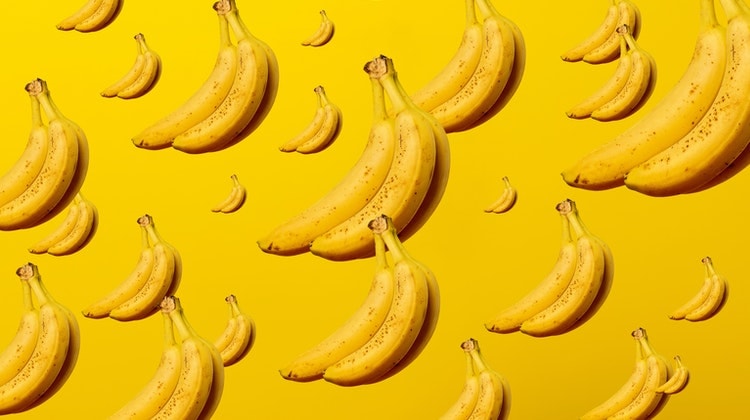As a Belgian historian, I couldn’t resist diving into the origin story of our most famous Belgian cabbage: the Brussel sprout. Are you ready for some interesting (and sometimes a bit fun) facts about Brussels Sprouts? Then be sure to read them in this article. (if you are interested in a more sweeter part of food history, be sure to read my article about bananas or the delicious the Mozart chocolate balls).
Some quick name facts: Brussels is the capital of Belgium, a small country in western Europe (north of France). It’s also (a more administrative) capital of the European Union.

The history of sprouts: Classical Antiquity
We can be sure that we, humans, are eating sprout cabbage for thousands and thousands of years. Starting from the Classical Antiquity, we find proof of a ‘mass scale’ cultivation of these sprouts.
But it’s only logical to think that before that time, we were already consuming them. That’s a lot of history for such a little sprout!
I’m not yet talking about the famous ‘Brussel sprouts’. And the cultivation of this Antiquity cabbage was mainly in the Mediterranean area. There are, of course, a lot of varieties.
The history & origin of Brussel sprouts: medieval times
But where do Brussel sprouts come from? Are Brussel sprouts from Brussels? And why are Brussel sprouts called Brussel sprouts? Well, let me give you some answers.
After the Classical Antiquity, in the early Middle Ages, we see cultivation and spread migrating from the Mediterranean to the Northern areas of Europe. And yes, also the region of present Belgium was among it.
Later, starting from the 13th century, we also see the cultivation of sprouts in the specific area of Brussels. The Belgian cabbage variety was popular here, which is the reason that the name ‘Brussels sprouts’ is still used. It originated from the place where it was heavily cultivated and consumed.

About Brussel sprouts: conquering the world
Almost the whole world knows the Brussels sprouts. That’s because several centuries ago they conquered the world.
In the 17th century, French settlers arrived in Louisiana (USA). There, they introduced this Belgian cabbage during the 18th century. Because of it’s high nutrition value, it spread further through the American continent and the rest of the world.
Definition and scientific name of the Brussel sprout
Ok, we now know a bit more about the history and origin of the Brussel sprouts. But I also like to share some more ‘official’ facts about this plant.
- The scientific name of the Brussel sprout species is the Brassica Oleracea.
- And a definition? The Brussel sprout is a Belgian cabbage, mostly 1 inch in diameter and containing a lot of vitamins and minerals.
- A lot of people don’t like it because of the typical but strong cabbage smell or taste, but unfortunately for them this vegetable is very healthy.

What do Brussel sprouts look like (on the plant)?
We’ve talked a lot about the history of the sprouts. But what do Brussels sprouts look like? And how does a Brussel sprout grow? A lot of people are asking me these questions.
A sprout plant can grow 30 cm up in the ground, with the sprouts growing on the stem of the plant, with on top a couple of bigger leaves.
Interesting and fun facts about Brussel sprouts
The first written mention of this Belgian cabbage is from the second half of the 16th century.
People in Brussels are proud of their city and cabbage. That’s why there is a hashtag trending on social media for a couple of years: #sprouttobebrussels (making a word joke: ‘proud to be’). It even has its own logo with the vegetable in it.
Even though Brussel sprouts are a Belgian cabbage, it’s absolutely not popular on the menu. Kids don’t like it and restaurants rarely serve it. If you would ask a Belgian citizen if they like the vegetable, the majority would say no.
Where do Brussel sprouts come from: recap
So yes, we can say that thousands of years ago, the first consumption of sprouts originated in the Mediterranean area. The place that harbours a lot of our human history.
But it was only until the 13th century that we can really talk about the ‘Brussel sprouts’ variety. And in the 16-18th century, the popularity of this Belgian cabbage only grew even wider around the globe.
Want to know some more food history? Then be sure to read my article about the history of the famous Mozartkugeln or about fruit in my post about the origin of the banana plant.
Want to know more about historical food and dining?
If you are searching for books about historical food and dining, I can advise you to have a look at the work written by Dr. Annie Gray. She already wrote about British food culture. So if that’s your interest, be sure to check out her website.
Source:
Wikipedia
Sprout to be Brussels
Pictures:
Pexels





